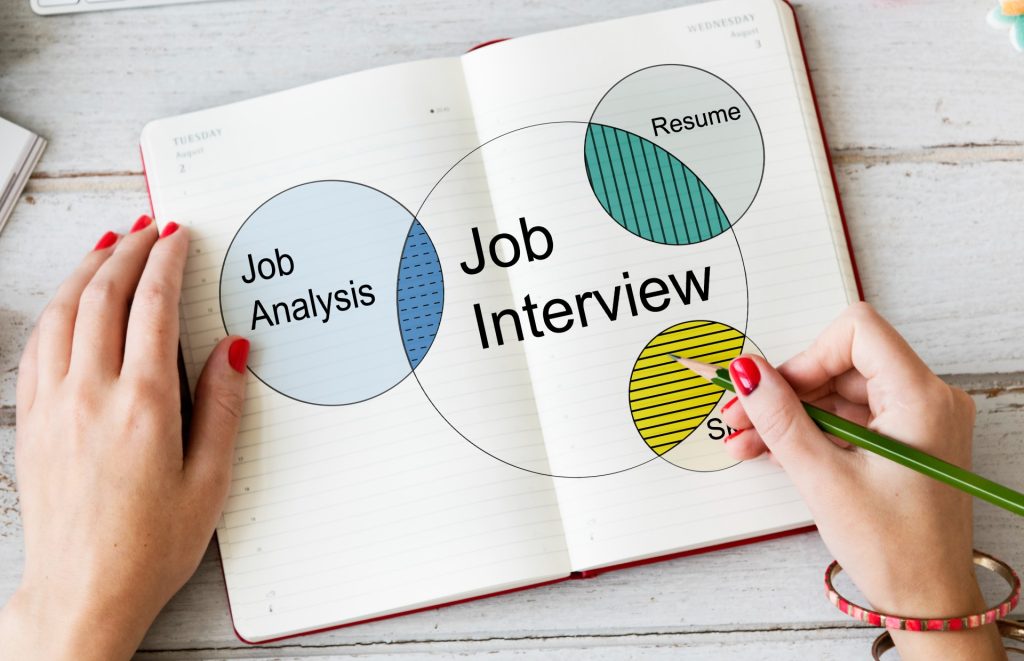
You want to be successful in business, and for this, it’s important to recruit people with skills and knowledge appropriate to the roles available in the company. But how do you find the best ones in the conditions in which the job offer increases? In this context, it’s essential to pay attention to important activities: recruitment and selection, which come to the rescue of companies and candidates alike. What role does recruitment play and what role does selection play in hiring candidates? Why is it worth paying attention to each process? Discover the differences between recruitment and selection, as well as the importance of each one in the following.
Hiring a candidate is no longer a simple process and is no longer as linear as it was a few years ago when people applied for the promoted job and you had enough candidates to choose from. Often the most effective way to recruit them is through a direct search, but you can get a refusal from the candidate because the offer doesn’t attract him or because the job doesn’t correspond to his career plans. Therefore, you need to research his profile and ask the right questions to see if there is a chance that the candidate, considered suitable, will join your company. So, you need to pay attention to both stages of the hiring process: recruitment and selection. Often, the terms are confused, which means that these processes don’t get the proper attention and you could skip important steps in finding the right candidate for the company.
WHAT DOES RECRUITMENT MEAN?
Recruitment involves attracting as many candidates as possible and getting them to be interested in a particular job so that they can consider accepting a possible offer. Recruitment means putting a job up for competition and promoting it publicly, in order to find the right people for the job. Therefore, candidates must first be recruited and then selected. The recruitment process is very important, given that its results are reflected in the productivity of teams, in the relationship with many customers, or in starting new projects.
Recruitment involves the following activities:
- Job requirements analysis
- Promoting the vacancy
- Attracting candidates to apply for the job
- Recruitment is done by internal or external human resources managers. The sources of internal recruitment are promotion, transfers or mobility, recommendation, or even former employees. On the other hand, the sources of external recruitment are advertising recruitment, and recruitment through recruitment agencies.
The main reasons why you should pay attention to the recruitment process and its planning:
- By recruiting, you make sure that people’s skillsets stay aligned with the company’s initiatives and goals.
- Through the recruitment process, you make sure that the selected person has all the skills, qualifications, and talents necessary to be able to cope with a certain position.
- Effective recruitment reduces the company’s financial losses.
- There are many rules that you must follow in the context of human resource management. Non-discrimination and equal opportunities are some of them, and a multi-stage recruitment process reduces the likelihood that the organization will violate these key policies.
WHAT DOES THE SELECTION PROCESS MEAN?
Selection involves sorting candidates interested in a particular job and identifying the people who best fit the open position profile. It means putting the right person at the right job. We know that there are hundreds or even thousands of applications for a particular job, and recruiters need to decide which candidate is best for the job.
The selection process also involves a set of activities:
- Screening
- Elimination of inappropriate candidates
- Testing skills, personality tests
- Interviews
- Checking references (where applicable)
- The selection process is longer than recruiting, as HR managers need to identify whether the selected people fit the job by analyzing their education, experience, qualifications, team fit, and work environment.
The main reasons why you should pay attention to the selection process and its planning:
- To honor the organization’s commitment to hiring the best talent possible.
- Constant partnership with all stakeholders.
- A valid assessment of the candidates’ behavior and personality.
- Use carefully coordinated and structured interviews.
- Assign points for meeting or failing to meet key selection criteria. Thus, each candidate has an employment point that objectively differentiates him from another candidate.
WHAT ARE THE DIFFERENCES BETWEEN RECRUITMENT AND SELECTION?
Once the recruitment process has started, recruiters from either the company’s internal department or those hired by the company gather a certain number of resumes and a list of candidates. Subsequently, they have to sort the applications, which can be hundreds of resumes for a single job, especially if it has been promoted enough.
Therefore, recruitment and selection are two stages that complement each other and whose purpose is to find the right person for a particular job. However, it’s necessary to notice the differences between them, as well as the importance of each. Without recruitment, we would have nowhere to select candidates and we would have no options, and the absence of a selection would make the recruitment process take too long, given that all those who applied would be interviewed. Here are the differences between the two processes:
| Compared notions | RECRUITING | SELECTION |
|---|---|---|
| Definition | Recruitment is an activity of looking for candidates and encouraging them to apply for it. | Selection is the process of selecting the best candidates and offering them a job. |
| Approach | Positive/Persuasive | Objective |
| Objective | Inviting more and more candidates to apply for the vacancy. | Selection refers to the process of selecting the best candidates and offering them a job. |
| What it means | Job Promotion | Establishing a meeting with the candidate. |
| Order | The first | The second |
| Process | Invite more and more candidates to apply for the vacancy. | Creates different stages for the candidate: application, testing, interviews. |
| Contractual Relationship | As recruitment only involves the communication of vacancies, no contractual relationship is established. | Selection involves the creation of a contractual relationship between employer and employee. |
| Budget | Sometimes, if the jobs are published on social media, this form of promotion may not involve costs and attract candidates. | It may involve high costs for paying a recruitment company or in-house recruiters. |
The success of the company you belong to depends on the efficiency of the people, and the recruitment and selection processes help you decide if a certain person is suitable for an open job within the company or not. If the selected person is suitable for the vacancy, then the whole company has something to gain, it will definitely evolve and together you can enjoy the results.
The BIA HR team offers you Recruitment and Selection services, adapted to your business.
SOURCES FOR THE ARTICLE “RECRUITMENT AND SELECTION: WHAT ARE THE DIFFERENCES BETWEEN THE TWO PROCESSES”:
https://keydifferences.com/difference-between-recruitment-and-selection.html;
https://pitcs.in/difference-between-recruitment-and-selection/;
https://www.stechies.com/difference-between-recruitment-selection/
READ ALSO:
How do you make a difference in recruitment in 2022? HR Trends that are worth following



